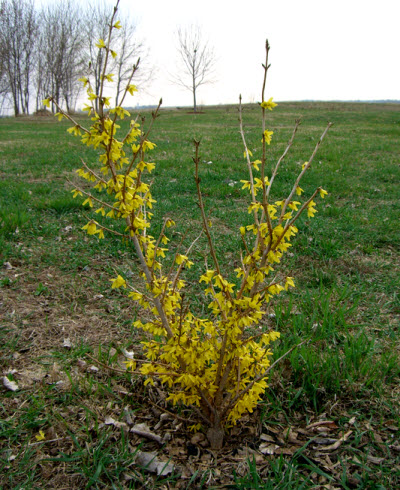Click below to listen to my 2 min. Garden Bite radio show: Prepare to Prune
Audio PlayerGardeners! Prepare your pruners!
Cold temperatures provide the best time to prune because the plants are dormant, their sap flowing less freely and the insects are not a bother. With this warm up, that changes things. Never prune spring flowering shrubs now or you’ll lose any flowers. What you CAN prune are dead or diseased branches.

This is also a good time to really look over your plants for any pests.
To prepare your tools you’ll need steel wool, a sharpening stone or file and some machine oil. Use the steel wool to clean up rust spots and the stone or file to smooth out any dings, dents or chips. Use the machine oil on pivot points.
The best thing you can do is sharpen your pruners! Good for you and good for the plant…
Taking your pruners apart is a great way to sharpen your tools, however, not everyone wants to do that. So here’s a way to sharpen without taking them apart.
- Use steel wool to remove any rust, resin, sap
- For the anvil pruner, wrap a rag around the cutting blade, using a little oil use a file to smooth out any rough edges on the flat anvil blade.
- For the cutting blade, hold the pruners away from your body, parallel to the ground, move the file across the blade in one direction away from your body and repeat.
- Make an occasional pass on the back side to remove any tags
- Use the same process for the bypass pruners
- Add a little machine oil to the pivot point of your pruners
If your pruners are not cutting smoothly you’ll get splintered, crushed or torn cuts which allow an acces point for insects and disease.
When pruning shrubs, come out about 1/4 of an inch from the stem and cut at the same angle as the branch your cutting. For larger branches come out about 1/2 inch. Allow the plant to “heal” itself. There’s no need for wound dressing.
Here’s an article from the Minnesota DNR about Winter Pruning
The above article works for Wisconsin too!!





